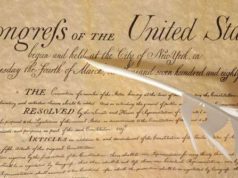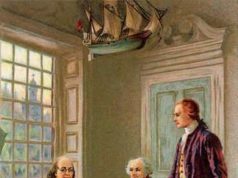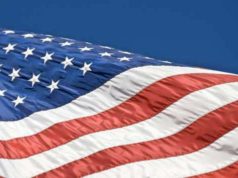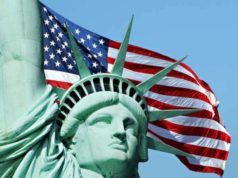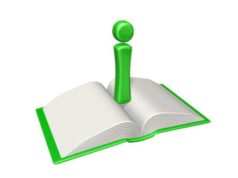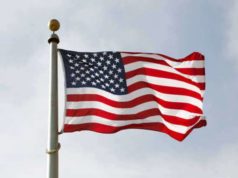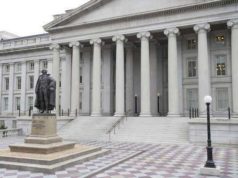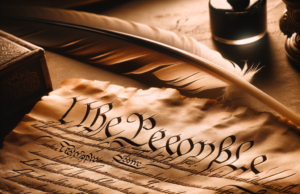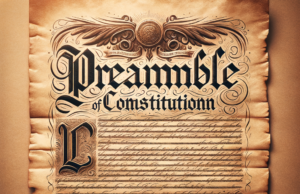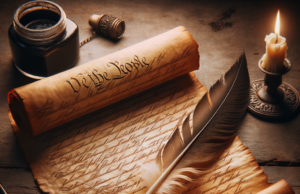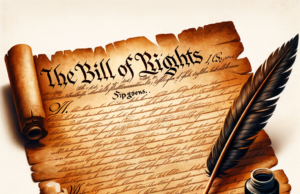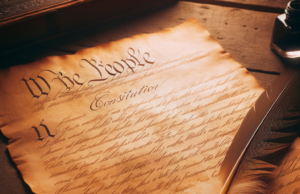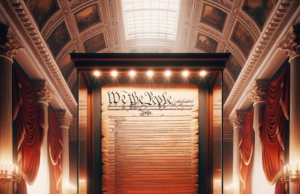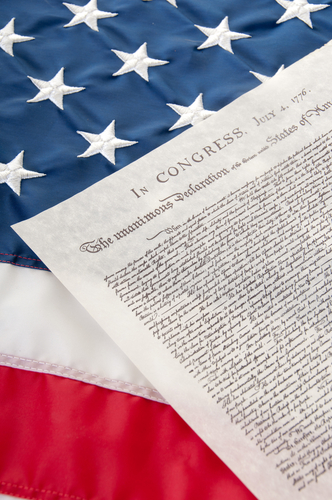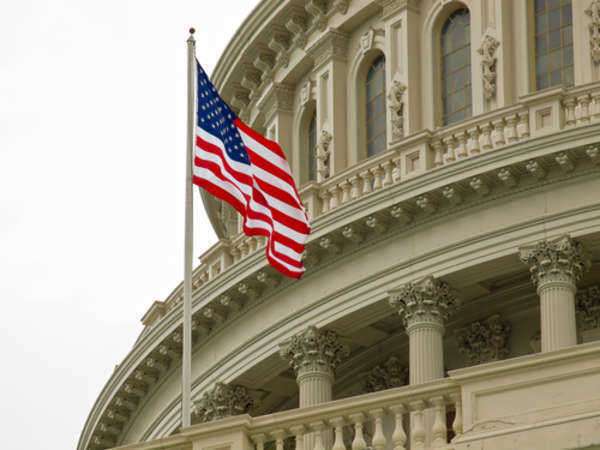
Who was the author of the Declaration of Independence?
The Declaration of Independence serves as one of the most notable and significant documents in American history. It is a landmark document that was written in 1776, paving the way for the establishment of the United States of America as an independent country. The Declaration of Independence outlines the fundamental principles of the country, including individual rights, equality, liberty, and democracy.
Despite the profound significance of the document, the authorship of the Declaration of Independence has been a point of debate for many years. While it is commonly believed that Thomas Jefferson was the sole author of the document, extensive research shows that the situation is more complex than that. This article outlines everything that is known about the authorship of the Declaration of Independence, shedding light on unknown facts while clearing up common misconceptions.
The Origins of the Declaration of Independence
The Declaration of Independence was drafted during the American Revolutionary War, which lasted from 1775-1783, with the intention of declaring American independence. The Revolutionary War began in 1775 when the Thirteen Colonies, located in North America, rebelled against the British Empire. At the time, the Thirteen Colonies were all British colonies located in North America. There were several reasons for the war, including resentment towards the British government’s taxation policies, the lack of representation for American colonists, and increasing tensions over territorial expansion.
To make preparations for a war against the world’s largest empire at that time, the American colonists needed international support. Thus, they formulated the Declaration of Independence, a document that would serve as a statement of principles outlining the colonists’ reasons for seeking independence and their vision of a new country founded on principles of freedom.
The Writing of the Declaration of Independence
The writing of the Declaration of Independence began in the summer of 1776. The Continental Congress, a group of representatives from the Thirteen Colonies, including John Adams, Thomas Jefferson, and Benjamin Franklin, appointed a committee tasked with drafting a document that would outline their grievances against the British Empire and declare the Thirteen Colonies as an independent nation.
The committee mainly comprised of delegates from the southern colonies: Thomas Jefferson of Virginia, John Adams of Massachusetts, Benjamin Franklin of Pennsylvania, Roger Sherman of Connecticut, and Robert Livingston of New York. Among these delegates, Thomas Jefferson was tasked with drafting the initial version.
Jefferson’s Draft and Others
Thomas Jefferson undertook the task of drafting the initial version of the Declaration of Independence. He worked on this project for several weeks, and the results of his efforts can be seen in the document’s original draft.
The original draft, which has been preserved, was written by Jefferson on several pages of paper, each measuring roughly 18 by 24 inches. He wrote it in his elegant and flowing handwriting, using ink made of iron gall. Jefferson used writing materials that included a quill pen and an inkwell, which was filled with ink that he mixed himself.
Despite Jefferson’s extensive work and notable contribution, there were several changes that occurred to the document before it was ratified, many of which varied substantially from Jefferson’s original draft. Most of the modifications were made by John Adams, Benjamin Franklin, and the rest of the committee.
The committee reviewed Jefferson’s draft several times, making amendments and edits. This led to several important changes to the document. For instance, the phrase “life, liberty and the pursuit of happiness” was changed from the original draft’s “life, liberty, and property.” Wealthy slaveholders feared the phrase property might cause a backlash.
There are five known drafts of the Declaration of Independence, including the Fair Copy (Jefferson’s first draft), the First Revision, the Second Revision, the Original Manuscript, and the Engrossed Copy. Each of these drafts varies in terms of content and style, although, the most significant changes were made to the first revision.
The committee’s tasks stretched out over several weeks, during which the document evolved, underwent review, and was revised by various individuals. However, the question remains: Who wrote the Declaration of Independence?
The Authorship of the Declaration of Independence
The answer to this question is more complex than initially thought. While Thomas Jefferson is commonly considered the primary author of the Declaration of Independence, this is an oversimplification of the complex process that went into drafting the document.
As previously mentioned, Jefferson was the first person to be appointed to draft the initial version of the Declaration of Independence. He was a committee of one, assigned to draft the document, with the committee later reviewing his draft. Thus, it could be stated that Jefferson played a significant role in authoring the Declaration of Independence.
However, it would be incorrect to proclaim him as the sole author of the document. According to historical accounts, the committee made several changes to the document, resulting in the final version. The changes included the addition of phrases and paragraphs, the revision of existing phrases, as well as the removal of certain sections.
Beyond the committee, there is also evidence to suggest that other individuals may have contributed to the drafting of the document. Some historians have suggested that John Adams and Benjamin Franklin played significant roles in shaping the Declaration of Independence.
According to historical accounts, Adams revised and edited the first draft alongside Franklin. Adams believed that the document’s tone should be urgent and dramatic, while Franklin suggested that it should be more conciliatory.
The influence of John Locke, an English philosopher who heavily influenced the doctrines of the Declaration of Independence, cannot be overstated. According to historians, Locke’s ideas heavily influenced the document’s content and style. The philosophy outlined in the Declaration of Independence was greatly influenced by Locke with his So-called theory of natural rights. He believed that all people had the right to life, liberty, and property, views which strongly appear in the Declaration.
The Mystery of the Fifth Member
One mystery that remains unresolved is the identity of the fifth member who helped to draft the Declaration of Independence. The other four members were known, but the fifth has remained a mystery. The current research indicates that it could have been Robert Livingston of New York.
There is evidence to support this theory. Livingston was a member of the original committee, was present during the drafting sessions, and is known to have supported American independence. However, this is purely speculative, and no concrete evidence exists to support this theory.
Conclusion
In conclusion, while there is no definitive answer to the question of authorship, we can say that the Declaration of Independence was a collaborative effort. Although Thomas Jefferson is credited with writing it, he did not compose the document in a vacuum. The ideas within it also drew on the work of other prominent ideas throughout the era.
Adams, Franklin, Livingston, and Sherman were all members of the committee that revised Jefferson’s original draft. Therefore, it would be more accurate to say that the Declaration of Independence was a group effort, with each individual contributing to the final version in different ways.
Regardless of who wrote the Declaration of Independence, this document remains one of the most significant in American history. It not only declared the Thirteen Colonies as an independent nation but served as a statement of principles that would guide the country for centuries to come.
The Declaration of Independence is the methodological blueprint for the operation of a democratic, sovereign nation. Penned by Thomas Jefferson, who was aided by fellow patriots and political ideologists John Adams, Benjamin Franklin, Robert Livingston, and Roger Sherman, the Declaration of Independence not only secures the sovereignty of the United States of America, but also formulates the first democratic gubernatorial model.
Pursuant to their Revolutionary War victory in 1776, the newly-autonomous United States were eager to solidify a diplomatic presence, and as a result, the Continental Congress of the United States, the acting governing body at the time, requested that a doctrine be created illustrating the tenets of the new regime.
In his authorship of the Declaration of Independence, Thomas Jefferson not only cited various transgressions committed by the British monarchy under King George III against the colonists prior to the Revolutionary War, but also borrowed elements from political theory written by John Locke – a colleague of Jefferson’s, as well as a prominent political philosopher.
According to John Locke, the foundation of an ideal governmental body was rooted in its determination to protect the interests of its citizens. In contrast to a monarchy, a totalitarian ruling body that possesses absolute power, a democratic central government is a conglomerate, symbiotic entity. It is comprised of various branches, which only function in tandem with one another. As a result, no branch can operate as a single unit, and therefore, no decision on a national scale can be made by a single governing body. In addition, Locke maintained that the innate rights of the citizens were of the utmost importance in any functional democratic central government, and rather than serve its own interest, an ideal central government would dedicate itself to protecting its citizens.
The ingenuity attributed to the Declaration of Independence is considered to be its penchant for humanism. Prior to the creation of the Declaration of Independence, world powers ruled their citizens with absolute power, employing kings, queens, monarchs, and emperors. Boundaries between the royalty and the commoners were established and any decision or action that stood to benefit the totalitarian ruling body was assumed to benefit every citizen of that nation.
The authors of the Declaration of Independence maintained that the collective interests of subjects living under a monarchy – Thomas Jefferson cited British monarch King George III as an example in the text of the Declaration – were only considered secondary to those interests of the monarch, if they were even to be considered at all. The Declaration of Independence allowed the citizens of the United States to overthrow a government which they perceived no longer served the interests of the people – a radical, yet revolutionary contrast unheard of at the time.
The Declaration of Independence illustrated the innate humanism of its authors. Not only was the central government considered to be an entity of public service, but the Declaration of Independence advocated for the fair and just treatment of the remaining British Loyalists still residing in the United States. The Declaration not only demanded that all British prisoners be released and allowed to return to England, but also required the return of any and all Loyalist property seized in an unjust manner subsequent to the end of the Revolutionary War.

